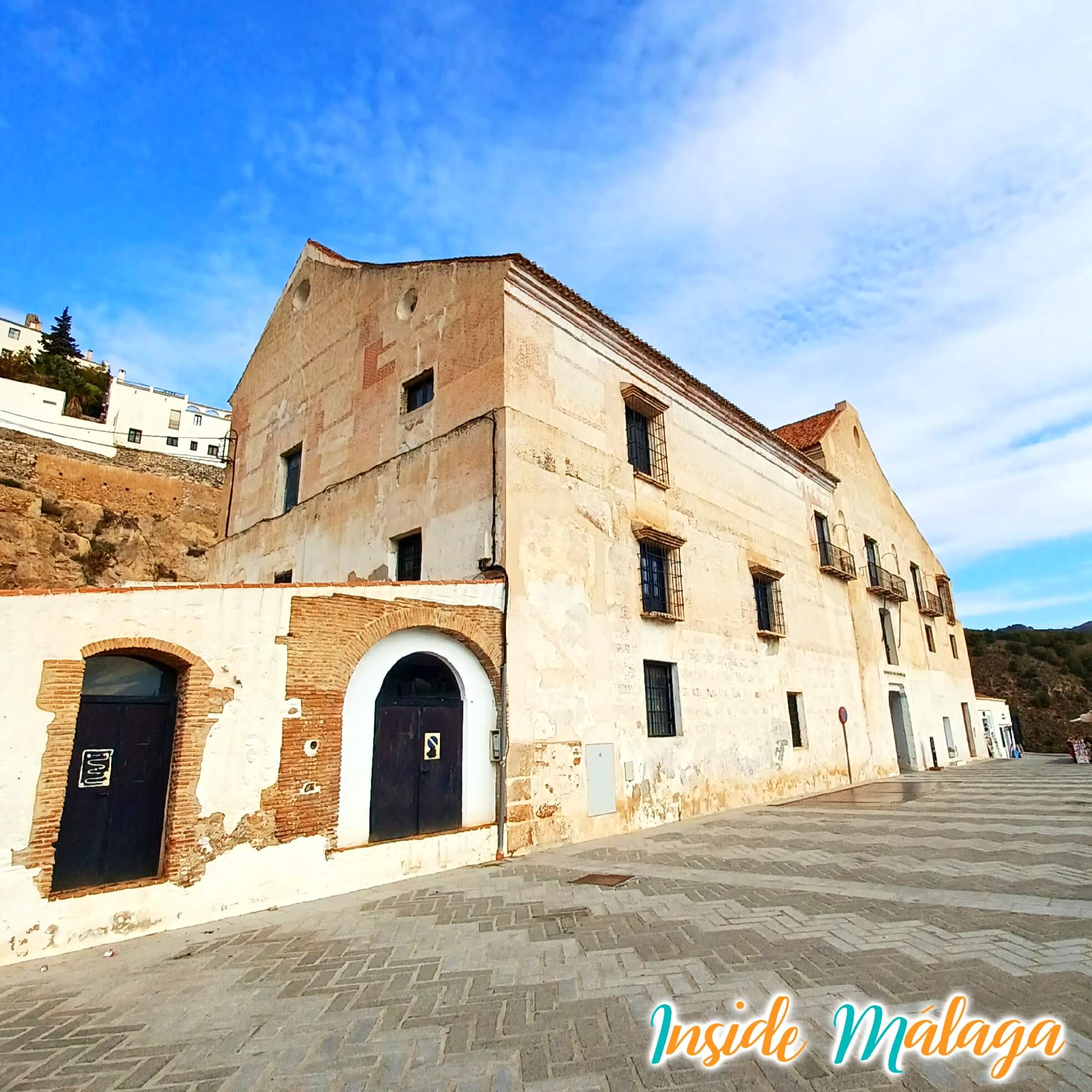Frigiliana, considered one of the most beautiful villages in Spain, has won numerous awards for its charm. This picturesque white village is a landmark in the province, with its whitewashed houses, cobblestone streets lined with flowers, and an urban layout of Arab origin that reflects the rich history of the region. Its architecture is a unique blend of Christian, Islamic, and Jewish cultures that coexisted for centuries. In addition to its beauty, Frigiliana is famous for its cane honey and wine, local products that capture the essence of its tradition and landscape.
Where is Frigiliana located
Frigiliana is located 59km from Malaga capital with a population of 5.372 inhabitants. The municipal term has a dimension of almost 65 km square.
Origin of the name Frigiliana
Not for sure, but the closest hypothesis is that it comes from a Roman named Frexinius and the patronymic -ana, which would combine Frenixiana, which later derives from Frigiliana.
Denonym of the people of Frigiliana
The inhabitants are called “Frigilianense”.
Monuments and places of interest
- Church of San Antonio of Padua: Located on Calle Real in the center of the town. Its construction was carried out in the year 1676 on an old hermitage, the work was ordered by the Manrique de Lara, lords of the town since the year 1640. The architecture of the temple is very similar to the churches of the neighboring towns and the area of the Axarquia. The facade bears the shield of the Bishop of Malaga Fray Alonso de Santo Tomás. The high bell tower of two bodies can make us understand that in this place during the Arab era there was a minaret to call the faithful to prayer, the Christians used to build bell towers where there were minaret towers.

- Coat of arms of Montellano: Located in Calle Real. The Houses of Saldueña and Montellano held the lordship of the villa of Frigiliana during several centuries. This heraldic shield belongs to the Montellano whose title they received in the year 1705. This shield belonged to the façade of the ancestral palace of the counts or the so-called “ingenio”. This coat of arms was donated to the town hall by the society De La Torre, the current owners of the palace. This corner has become one of the most photographed places in Frigiliana.

- Casco Antiguo, with its Mudejar quarter: The historic center of Frigiliana is one of the best preserved in the province of Malaga. The architecture of Moorish-Mudejar origin transports any visitor to the past of Al-Andalus. The layout of its streets is a beautiful labyrinth full of curves and passages, which was built in such a way in order to better defend the town in the past against attackers.
- Lízar Castle: Located on the outskirts of the city in the upper part. Only a few remnants of the castle remain, as it was ordered to be destroyed in 1569 after the Moorish Rebellion, so that it would never again be a haven for the rebels. The walls had an area of 4000 square meters. Some authors date its construction to the 9th century, coinciding with Omar Ben Hafsún’s revolt against the Emirate of Córdoba. Currently little is known about what the castle looked like inside because there is little information and archaeological excavations have not yet been carried out.
- Hermitage of Santo Cristo de la Caña or Hermitage of Ecce-Homo
- Palace of the Counts of Frigiliana or El Ingenio: Currently the palace is used for the manufacture of cane honey, the only factory in Spain. Built in 1508 at the beginning of the 16th century by the Manrique de Lara who owned the Frigiliana lordship. It is a building with an area of more than 2000 square meters built with the materials and remains that come from the old Arab castle. Inside, its halls, stairs, doors, stables and the chapel that were consecrated to the Virgen del Carmen and San Raimundo are still preserved. The façade preserves its original elements, the coat of arms that the sugar mill carried belonged to the Montellanos, the county of Frigiliana in the year 1705, that coat of arms is now located at the entrance of the old town. The cane honey that is currently produced bears the name and logo of the Virgen del Carmen called Miel de caña de Nuestra Señora Del Carmen.

- The Old Fountain
- Reales Pósitos: Located at the entrance to the old town. It is an old silo built in 1767 in order to store and preserve crops, such as surplus grain in good harvest years to later have food in times of worst harvest. The depository institution and system is mentioned in documents from the year 1749, and it is believed to have existed since the year 1640 when Frigiliana became independent. Currently they are private homes but their brick arcades, their main elevation and their basements have been maintained.

- Palace of the Apero
- The Fort, from Roman times
- Neolithic, Phoenician and Roman archaeological remains
- Peñón de la Sabina: After heavy and continuous rains on January 27, 1936, this rock was displaced, causing alarm and concern among the neighbors. After this fact this rock was reinforced and tied with powerful steel cables.
- Mecanical Street Theatre

- Monument 3 Cultures

Festivals and Fairs in Frigiliana
Festival of the Three Cultures: It is a festival that is celebrated annually, generally at the end of August. The mark left by the three cultures that have coexisted for centuries in southern Spain is celebrated: Christian, Jewish and Muslim culture. During the festivities there are multiple music and dance performances, exhibitions, markets and other leisure activities. The festival has become one of the best festivals in the province. Due to the great reception of visits there are shuttles from Nerja, since parking in the town is very difficult.
For more information about Frigiliana Village: visit the City Council page
